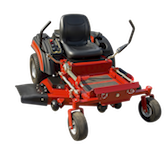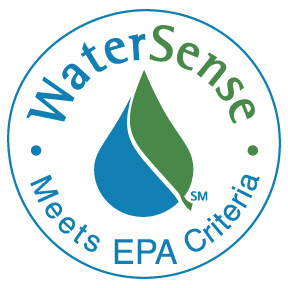Have You Done Your Spring Water Check-Up?
Ah, spring! After being cooped up for many months, we’re all excited to get our lawns and gardens growing again…without wasting water or causing our bills to skyrocket.
The average single-family home uses about a third of its water on lawns and other plants, and as much as half that water is wasted. Here are ways to stop wasting water:
Water Only When Needed
- Water your lawn or garden during the cool morning hours to reduce evaporation.
- Look for sprinklers that produce droplets, not mist, or use soaker hoses.
- Set sprinklers to water lawns and gardens only—not the street or sidewalk.
- Don’t overwater your landscaping.
Garden With Care
- Use native plants, which don’t require as much water, and group plants together by water requirements.
- Use mulch around trees and plants to help reduce evaporation and control weeds.
Grow Green Grass
- Don’t over fertilize—it increases the lawn’s need for water.
- Raise your lawn mower blade to at least 3 inches. Taller grass promotes deeper roots, shades the root system, and holds soil moisture better than a closely cropped lawn.


Don’t forget these easy ways to save water year-round:
Fix toilet leaks.
This is the biggest water waster in the average household. Even if you don’t hear your toilet running, water still may be escaping silently. To be sure, ask GAUD. for our free leak detection tablets or use a few drops of food coloring in the toilet tank; if water in the bowl changes color, you’ve got a leak that needs fixing.
Here’s a website with videos that show you how to find and fix leaks: conserveh2o.org. Or call a plumber (it will pay for itself).
Tip: A new toilet can use 75% less water than an old one.
Take a shower instead of a bath, using a low-flow shower head.
An average full bath uses 60 gallons of water; a quick shower only a fraction of that—and a low-flow head can cut use by another 40%.
Wait till you have a full load to do laundry or use your dishwasher.
Two half loads use twice as much water as one full load!
For more great water-saving tips, here’s a brochure.

